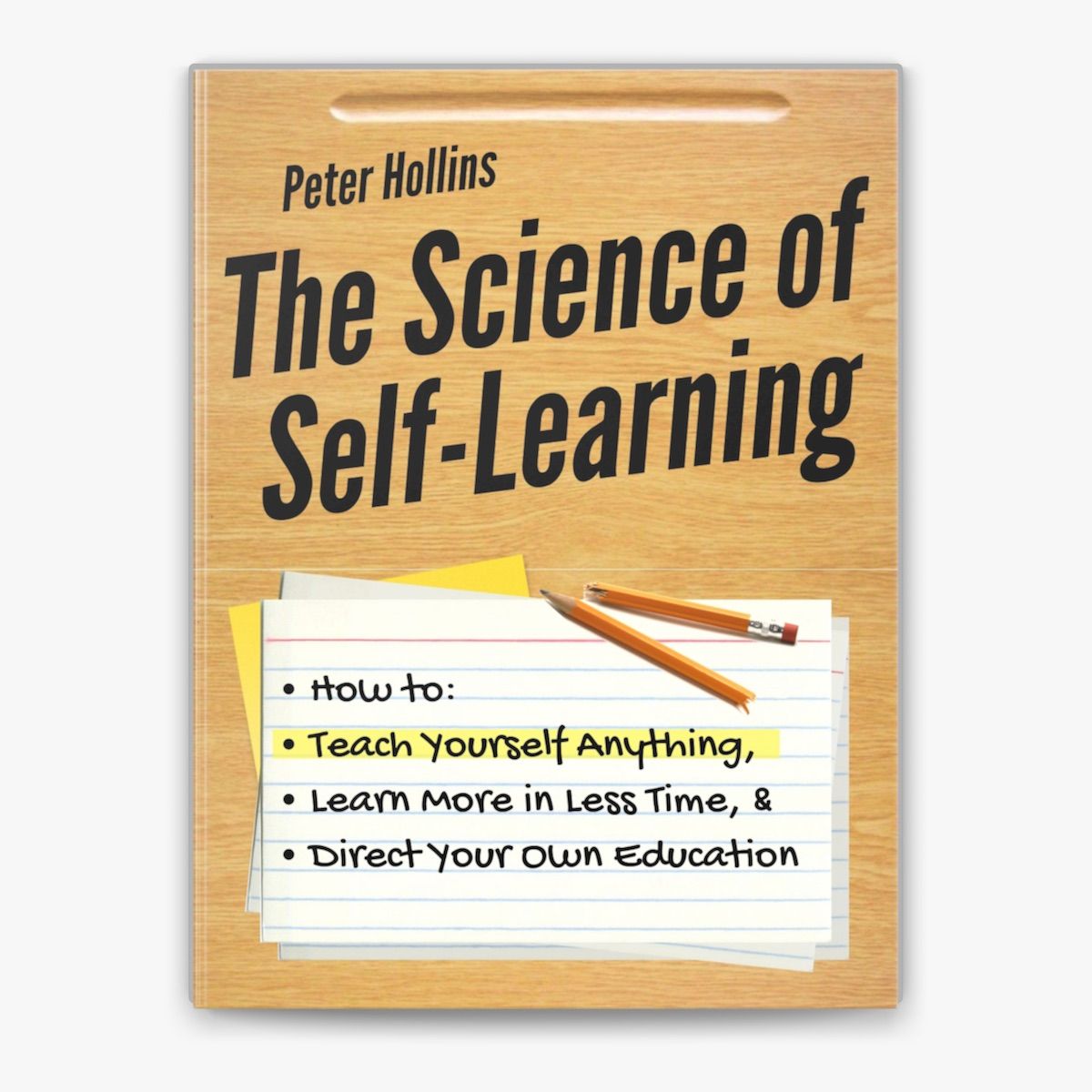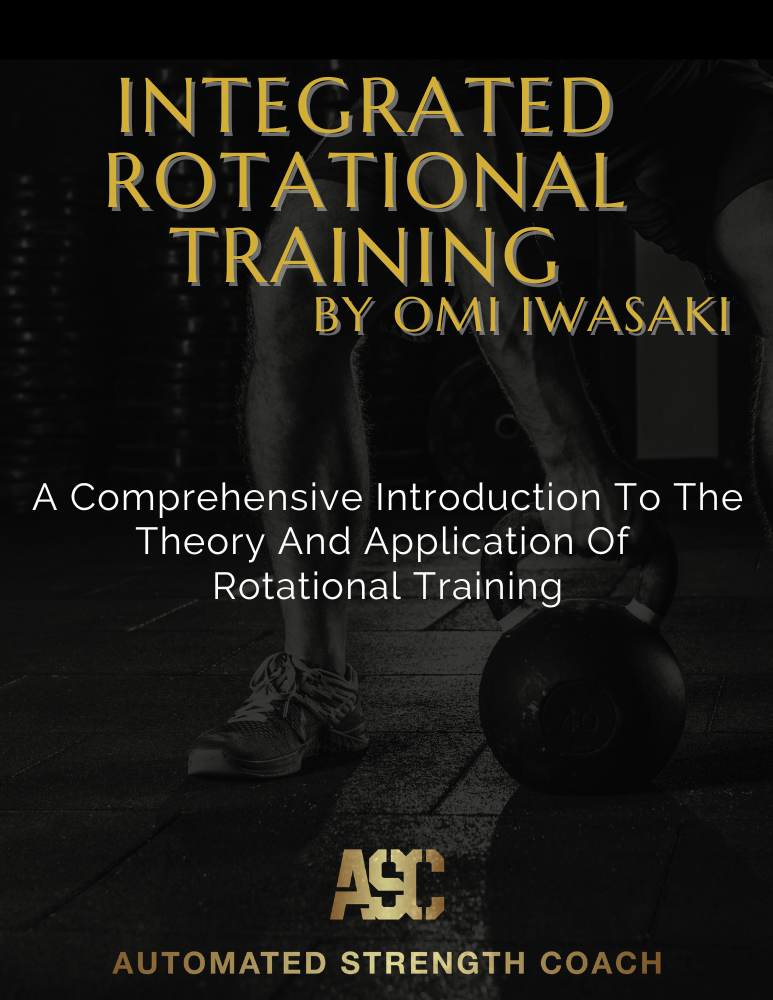The Hidden Playbook of Performance
Imagine a world where your training approach could be transformed by insights from an unexpected realm.
What if the key to unlocking peak performance wasn't just about lifting heavier, moving faster, or pushing harder—but about understanding the nuanced art of personalized adaptation?
Quick hit: Did you know that 68% of athletes report feeling stuck in their training routines, struggling to break through performance plateaus?
In a recent conversation that I had with Omi Iwasaki, Physical Therapist and a Jiu-Jitsu blackbelt, we explored what human performance is really built on.
Using Jiu-jitsu as a bridge, we were able to connect elements that are universal to human performance.
Here is a bridge between disciplines and a pathway to reimagining what's possible in human performance.
Why Interdisciplinary Learning Matters
As fitness professionals, we're constantly searching for that edge—that transformative insight that separates good from extraordinary.
The martial arts world, particularly Jiu-Jitsu, offers a masterclass in performance principles that translate directly into strength and conditioning.
This isn't about copying techniques.
This is about understanding universal principles of human movement, adaptation, and skill development that transcend any single discipline.
Conceptual Insights
Bridging Martial Arts and Fitness Performance
Concept 1:
Personalized Adaptation in Training
“I’ve never done what I was shown…because it didn’t work for my body”.
As Omi and I chatted about our individual experiences learning jiu-jitsu, this was a theme that emerged:
That while there are “universal rules” at the end of the day the expression of that movement had to be adapted to the person.
In the world of high-performance training, we've long been sold a one-size-fits-all approach.
Traditional methodologies have pushed coaches and athletes into rigid frameworks, treating human bodies like machines that can be programmed with a universal operating system.
But what if that's fundamentally wrong?
Enter the principles-based learning approach—a paradigm shift that recognizes each athlete as a unique ecosystem of potential, limitations, and adaptive capacities.
This isn't about throwing out structured training; it's about creating intelligent, responsive systems that breathe and grow with the individual.
Imagine a training model that doesn't just prescribe exercises, but understands the intricate dance of an athlete's physiological and psychological landscape.
It's less about dictating movement and more about creating an environment where optimal performance can naturally emerge.
Whether through “Auto-regulation” or utilizing wearable tech to give more personal insights, moving away from rigid, pre-programmed plans of delivery is the focus.
Allowing for variability, and the role that it has is pushing adaptation, is of key consideration.
Strength & Conditioning Principle Alignment:
Individual Variability and Progressive Overload
Potential Solutions:
• Develop a comprehensive intake assessment that goes beyond physical measurements
• Create training programs with built-in flexibility for individual adaptation
• Implement weekly check-ins to monitor and adjust training based on individual response
Resource
"The Science of Self-Learning" by Peter Hollins
This book provides deep insights into personalized learning approaches and how to adapt training methodologies to individual needs.

Concept 2:
Rotational Movement and Training
Movement is poetry in motion—and nowhere is this more evident than in the complex world of rotational dynamics.
Most traditional training approaches treat movement like a linear equation, but athletes operate in a three-dimensional world of continuous, fluid transformations.
The concepts of "coiling" and "uncoiling" aren't just technical jargon—they're fundamental principles of human kinetics.
Think of a baseball pitcher, a tennis serve, or a Jiu-Jitsu grappler.
Their power doesn't come from brute strength, but from the intricate ability to store and release rotational energy.
This isn't just about adding a few twists to your workout.
It's about fundamentally reimagining how we understand and train human movement potential.
Rotational training isn't a supplement to traditional strength work—it's a critical language of athletic expression.
Strength & Conditioning Principle Alignment:
Multi-Planar Movement and Force Transfer
Potential Solutions:
• Integrate rotational exercises that mimic "coiling" and "uncoiling" mechanics
• Design warm-ups that emphasize thoracic spine mobility and rotational patterns
• Use medicine ball throws and cable rotation exercises to develop rotational power
Resources
"Integrated Rotational Training"
"Rotational Core Training: A Scientific Perspective" - NSCA Journal Article by Stuart McGill
This comprehensive article breaks down the science behind rotational movement patterns and their importance in athletic development.

Concept 3:
Strength vs. Technique
We've been sold a seductive myth in the fitness world: that strength is the ultimate currency of performance.
More weight.
More reps.
More muscle.
But what if true mastery lies in something far more nuanced?
The martial arts perspective reveals a profound truth—technique isn't just a complement to strength; it's the very architecture through which strength becomes meaningful.
A powerlifter with perfect form can lift exponentially more than a muscular athlete with poor mechanics.
A Jiu-Jitsu practitioner doesn't overcome an opponent through raw power, but through precise, efficient movement.
This is about understanding performance as an integrated system, where strength and technique aren't competing forces, but symbiotic partners in human potential.
Strength & Conditioning Principle Alignment:
Skill Acquisition and Technical Proficiency
Potential Solutions:
• Implement technique-first training protocols that prioritize movement quality
• Use video analysis to provide immediate feedback on movement patterns
• Create training blocks that alternate between strength development and technical refinement
Resource
"Movement" by Gray Cook
This seminal work explores the relationship between strength and technique, offering insights into movement quality and technical proficiency.
Concept 4:
Constraint-Led and Ecological Approaches
Traditional coaching often looks like a paint-by-numbers approach—step one, do this; step two, do that.
But humans aren't robots waiting to be programmed.
We're adaptive, creative organisms that learn best when challenged to discover solutions.
The constraint-led approach is a radical reimagining of skill development.
Instead of micromanaging every movement, coaches create environments that naturally guide athletes toward optimal solutions.
It's like designing a maze that leads to peak performance, rather than giving turn-by-turn directions.
This approach recognizes that skill emerges from the interaction between the athlete, the task, and the environment—not from a coach's rigid prescription.
Strength & Conditioning Principle Alignment:
Constraints-Based Learning and Skill Emergence
Potential Solutions:
• Design training environments that naturally guide optimal movement patterns
• Use equipment modifications to create learning constraints
• Develop progressive challenges that allow athletes to discover movement solutions
Resource
"Move" by Rob Gray

Concept 5:
Youth Development and Engagement
The dropout rates in youth sports aren't just a statistic—they're a crisis of engagement, of losing the magic that makes movement joyful.
Martial arts like Jiu-Jitsu offer a unique lens into youth development that goes far beyond physical training.
This isn't just about teaching kids a sport.
It's about building confidence, self-awareness, and a lifelong relationship with movement.
But here's the challenge: how do we maintain that spark through the turbulent years of adolescence?
The solution lies in creating adaptive, engaging models of participation that evolve with a child's developmental stages—turning training from a chore into an adventure.
Strength & Conditioning Principle Alignment:
Long-Term Athletic Development (LTAD)
Potential Solutions:
• Create age-appropriate training programs that evolve with developmental stages
• Develop motivational frameworks that make training feel like play
• Implement family-inclusive training models to support continuous engagement
Resource
“Long Term Athlete Development” by Istvan Balyi and Richard Way
The Transformative Impact:
Your Professional Evolution
These insights aren't just theoretical—they're a roadmap to transforming how you approach training, coaching, and human performance.
By embracing principles of personalization, technical efficiency, and adaptive learning, you're not just training bodies—you're developing complete athletes.
Want to hear the full story?
Dive deep into the complete podcast interview with Omi Iwasaki that sparked these insights:
Remember:
True mastery isn't about perfecting a single method.
It's about understanding principles that transcend boundaries.
Keep learning.
Keep adapting.
Keep growing.



